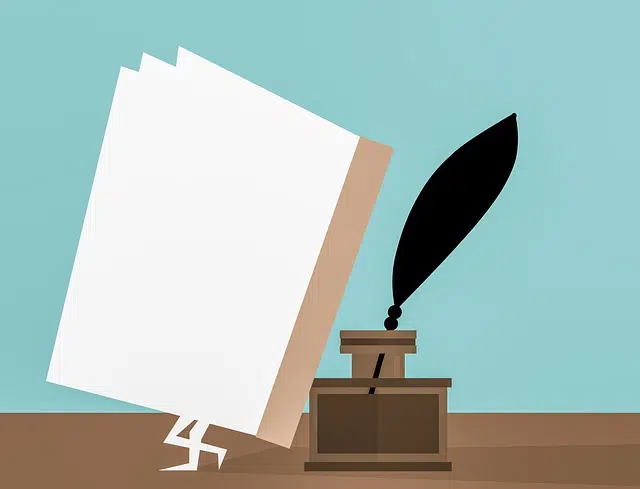
A poetic text has an aesthetic intention.
A text is a set of signs , encoded in a system, that attempts to convey a message. Poetry , on the other hand, is linked to the aesthetic intention of words, especially when they are organized in verse.
The poetic text , therefore, is one that appeals to various stylistic resources to transmit emotions and feelings , respecting the author's style criteria . In its origins, poetic texts had a ritual and communal character, although over time other themes appeared. It is also worth mentioning that the first poetic texts were created to be sung.
Characteristics of poetic text
The most common poetic text is written in verse and is called a poem or poetry. However, there are poetic texts developed in prose. The verses, stanzas and rhythm make up the metrics of the poetic text, where the poets leave the seal of their literary resources.
Poetic texts are notable for the inclusion of elements of symbolic value and literary images . In this way, the reader must have an active attitude to decode the message. For example: a poetic text can refer to the sun as "the golden coin" or the "source of life" , while a scientific text would mention it as a "spectral type star" .
In the poetic genre , in short, the aesthetics of the language stand out over the content, thanks to various procedures at the phonological, semantic and syntactical level. The modern poetic text is usually characterized by its capacity for association and synthesis, with an abundance of metaphors and other literary figures.

Literary figures appear frequently in poetic texts.
Literary figures in poetry
For literature, words represent an end in themselves; the literary figure (also called rhetoric ), in its broadest sense, is any resource that authors use with the aim of embellishing their texts, of intensifying their messages. On the other hand, they are defined as an alteration of the normal use of language to project a certain stylistic effect.
Literary figures are more common in poetry than in prose ; however, they go beyond the limits of literature and reach everyday speech, although to a lesser extent. From a rhetorical point of view, these resources make sentences more pleasant and persuasive, ignoring grammatical rules. It is an ornament, which arises as a result of a very specific objective on the part of the writer.
Examples of literary figures in a poetic text
Let's look at some of the literary figures used by Spanish-speaking authors:
* allegory : it is achieved by connecting a series of metaphors or symbols to express reality on an imaginary plane. It can be seen in the following extract:
« Our lives are the rivers
That they will end up in the sea…
There go the lordships
There the mighty rivers
There the other mediums…«;
* simile or comparison : it is used to express in a descriptive way the similarity or analogy that two realities present, and it is achieved by relating two concepts through comparative links or particles (" like a volcano that deafly announces that it is going to burn ");
* personification or prosopopoeia : this is the attribution of characteristics proper to human beings to animals or inanimate beings, as occurs in fairy tales, allegories and fables . Some examples of allegorical personification are grace , wisdom and guilt . The mythical character Don Juan, on the other hand, personifies seduction. Examples in verse: « the wind of the night turns in the sky and sings «, « the night speaks to me of you «;
* Hyperbole : This consists of presenting a reality in a disproportionate way, either amplified or diminished. In other words, it is an exaggerated way of expressing oneself. Through this resource, literature achieves greater intensity, as can be seen in the following examples: « por doler me duese even el aliento », « si no volvíes pronto a mi lado, moriré desanguaron ».
